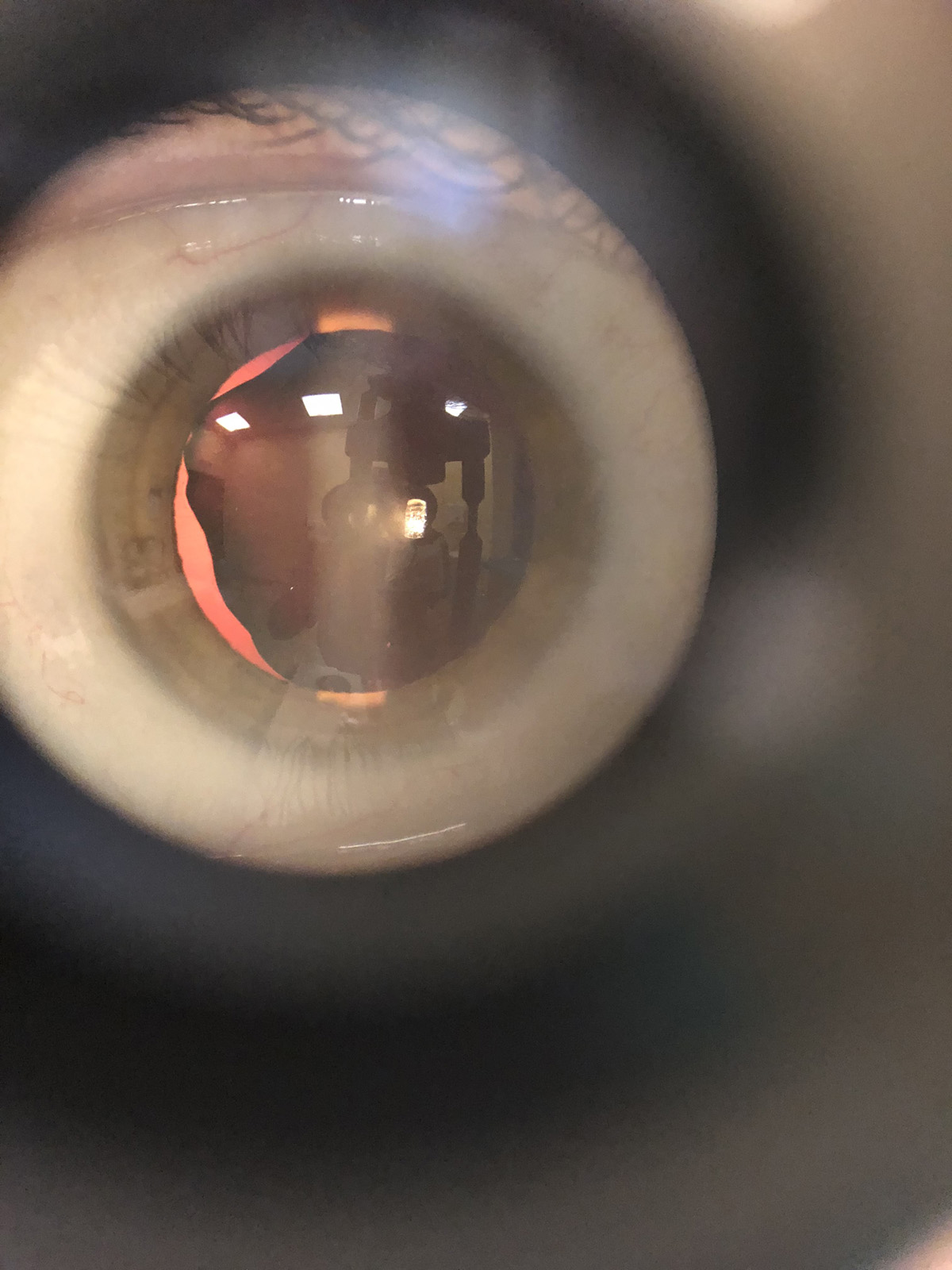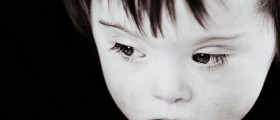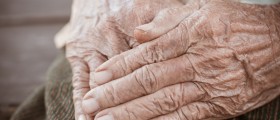
Marfan syndrome and the main characteristics
Marfan syndrome is a serious genetic disorder related to the connective tissue, and since it is dominant, it means that a person who has it must have one parent who passed the gene to him or her. Heart, eyes, lungs, skeleton and blood vessels are most frequently affected, but the symptoms of this disorder tend to differ to a great extent even among the members of the same family, which is why some feel very mild signs, while in cases of others the signs may even be dangerously serious.
However, it is typical of the majority of people who suffer from Marfan syndrome to be tall and slender, and to have long extremities, fingers and toes. Their spine will probably be curved or with some other abnormality, and breastbone protruded either outward or inward, but they may also have crowded teeth, flat feet and they may suffer from serious nearsightedness and heart murmurs.
Other problems that can be encountered in people with this syndrome are speech disorders and stretch marks on the skin that cannot be explained. Since this is genetic disorder, it means that even if only one parent suffers from it, each of the children will have at least 50% of chances to inherit it.
Marfan syndrome treatment
Even though there is no cure for Marfan syndrome, there are ways to keep some symptoms under control, and thanks to the progress in medicine, over the past few decades the life expectancy has increased a lot. Researches are still being conducted with the purpose of improving the outlook for this condition. The nature and the severity of the symptoms will help the doctor suggest the method of treatment, but most frequently the treatment is focused on the problems of cardiovascular system, skeleton, and eyes. Heart-related issues in people with Marfan syndrome are generally kept under control with the help of medications, though in some cases the surgery may be required, too. As for the skeletal problems, scoliosis, for example, may be treated with wearing a brace or with the surgery, while problems with chest usually have to be solved surgically, particularly if the child experiences breathing problems because of it. Problems with eyes and vision can be treated with glasses or contact lenses, but there are several surgery procedures that can be suggested in cases of dislocated lens, glaucoma or cataracts.

















Your thoughts on this
Loading...